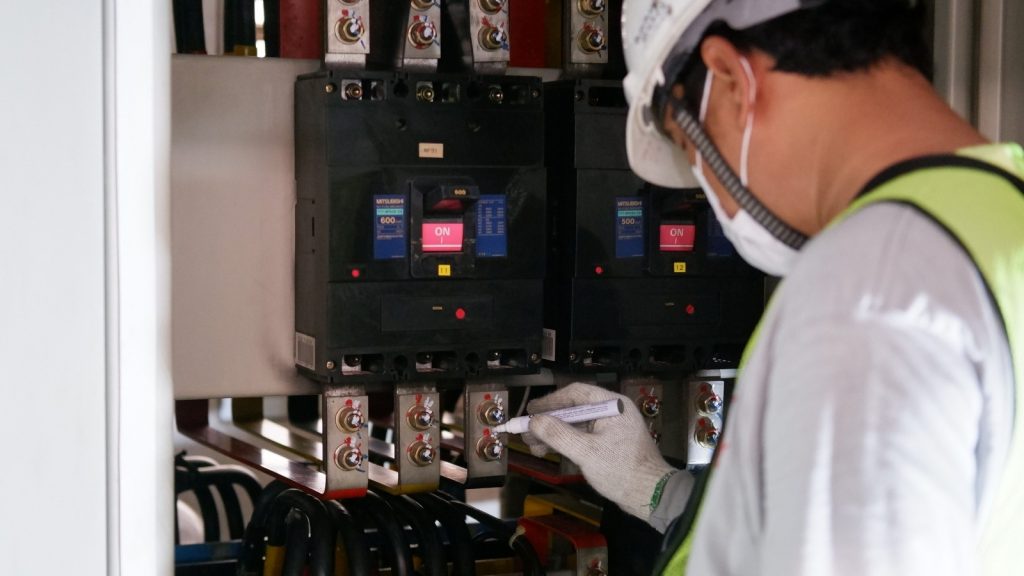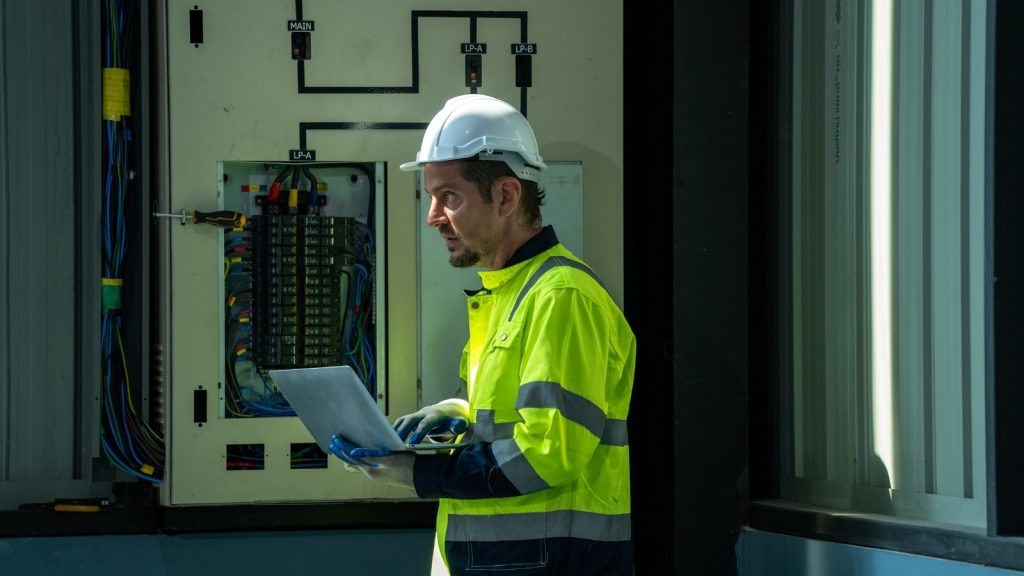As an asset manager, you may know that machine failures usually occur even without a small warning. According to the experts, more than half of the entire maintenance budget goes to preventable breakdowns. The shocking fact is that such maintenance failures tend to cost more than a hundred thousand dollars per hour. If your industrial plant faces the same situation, it is time to understand the importance of Condition-Based Maintenance, or in short, CBM, now.
This article will unfold the top 10 benefits of aligning your asset management strategy with a condition-based maintenance framework.
What is Condition-Based Maintenance?

- CBM is a mechanism that uses real-time data to decide exactly when machines need fixing. Instead of following a fixed schedule, teams track signs like heat, vibration, or oil condition using smart sensors.
- This lets operators spot problems early and step in before anything breaks.
- Also, CBM helps avoid wasting time on useless checks or last-minute panic repairs. It keeps machines running longer, cuts down on costs, and lets maintenance teams act with real purpose.
- After understanding the importance of condition-based maintenance, more and more industries tend to walk away from reactive maintenance nowadays.
10 Benefits of Condition-Based Maintenance

Decreasing Unplanned Downtime
This is where the latter lets maintenance teams catch early signs of trouble before failure hits. They check data in real-time and fix only when something starts acting odd. This smart move stops surprise shutdowns and helps things run smoothly.
Fewer breakdowns mean fewer delays, and that keeps deadlines safe. This type of planning saves the company time, money, and a tonne of stress during tight production cycles.
Enhancing Maintenance Efficiency
They save hours by skipping unnecessary checks and focusing only on where signs of wear or performance drops show up. That way, workers do not waste time fixing what is still working fine. It sharpens every move the team makes and reduces duplicate work.
Operators can stay focused, targeted, and less burnt out. Plus, it makes sure only the right parts get attention, saving effort and tools.
Optimising Maintenance Scheduling
Instead of sticking to a fixed plan, they use real-time data to decide the best time to do repairs. That means no more shutting things down too early or too late. Maintenance people can fit maintenance into low-demand periods, avoiding production hiccups.
It balances equipment care and operational flow perfectly. This method keeps equipment running longer while using time wisely. It also makes it easier to schedule skilled workers, order parts early, and avoid rushed decisions.
Safety and Compliance Improvement
If the industrial world has CBM, it helps them notice these warning signs early. They fix problems before they become hazards. This keeps workers safer and reduces the chance of dangerous failures. It also helps companies meet safety rules and regulations because they always stay on top of machine health.
This way, inspectors will find systems running smoothly instead of catching risky shortcuts. When safety checks become part of regular work, everyone can breathe easier, knowing the workplace values people’s lives and long-term well-being.
Longer Equipment Lifespan
This means fewer hard stops, smoother runs, and less wear over time. Each repair happens at the right moment, not too soon or too late. As a result, machines stay stronger for years, giving back more value than planned. Instead of rushing to replace old equipment every few years, businesses can stretch the life of their assets and put that saved money toward bigger, better goals.
Gathering Asset Data and Performance Analysis
This helps industrial plants understand how each asset behaves under pressure. Over time, patterns appear that show what works and what does not. Through this strategy, engineers can track down weak spots, compare equipment, and improve future designs.
When they look back at this data, they see what changes made things better or worse. That level of insight keeps future decisions smarter and makes maintenance less about guessing and more about knowing.
Significant Long-Term Cost Reduction
It also avoids over-maintenance, which wastes both money and time. Instead of replacing parts too early or too late, maintenance teams use real data to act just right. This balance stops small issues from becoming expensive disasters.
It also lowers downtime, keeps labour costs in check, and reduces the need to replace entire machines. Year after year, these small savings grow into something much bigger, protecting budgets and freeing up funds for future growth.
Improved Production Quality
That means fewer defects, cleaner output, and better consistency across every shift. On one hand, quality control becomes easier when machines do not throw surprises into the mix. On the other hand, workers notice smoother operations, and customers enjoy products that meet high standards.
Instead of playing catch-up with quality problems, teams stay ahead. In the long run, companies build a stronger reputation, earn more trust, and reduce the waste that comes with faulty production.
Real-Time Monitoring
They can watch sensors feed live data, showing how machines behave second by second. When something changes, like rising temperature or strange vibrations, alerts pop up right away. This keeps operators one step ahead of damage.
They can act quickly, solve the problem, and keep things moving. No more waiting for signs that show up too late. Real-time monitoring helps maintenance groups make sharp decisions when every second counts.
Energy Efficiency
This mechanism helps them make motors run cooler and belts move more smoothly, and this way, systems do not struggle to hit targets. This leads to lower energy bills and a cleaner footprint. Over time, this adds up to serious savings.
Further, companies also lower their environmental impact while staying competitive. Keeping energy use in check supports better performance and helps the planet, too. It is a win for both the industrial world and nature.
Wrapping Asset Management with Condition-Based Maintenance for Maximum ROI

Asset managers, do you know that your routine maintenance framework can cause harm instead of helping you save costs? Shocking, but it is the truth! However, condition-based maintenance is the ray of light you see from afar. If you opt for smart asset management software that has the embedded CBM power, it will communicate with the assets through pure data. Together, they form one intelligent system, and you can get full control over your assets. You can certainly expect the maximum ROI if you collaborate with an industry expert for this technological synergy.







